-
 bitcoin
bitcoin $117366.968408 USD
0.60% -
 ethereum
ethereum $4611.537173 USD
-0.02% -
 xrp
xrp $3.089373 USD
0.06% -
 tether
tether $1.000286 USD
-0.03% -
 bnb
bnb $986.505381 USD
-0.03% -
 solana
solana $247.629906 USD
0.68% -
 usd-coin
usd-coin $0.999771 USD
-0.03% -
 dogecoin
dogecoin $0.281380 USD
-0.26% -
 cardano
cardano $0.931695 USD
1.71% -
 tron
tron $0.352059 USD
2.40% -
 hyperliquid
hyperliquid $58.226337 USD
-0.94% -
 chainlink
chainlink $24.805082 USD
3.27% -
 avalanche
avalanche $35.625687 USD
10.55% -
 ethena-usde
ethena-usde $1.000922 USD
-0.02% -
 sui
sui $3.883984 USD
2.13%
What are the position management techniques for Coinbase contracts?
Proper position sizing on Coinbase, using risk percentages or fixed amounts, helps manage exposure amid crypto volatility and leverage risks.
Sep 17, 2025 at 06:01 pm
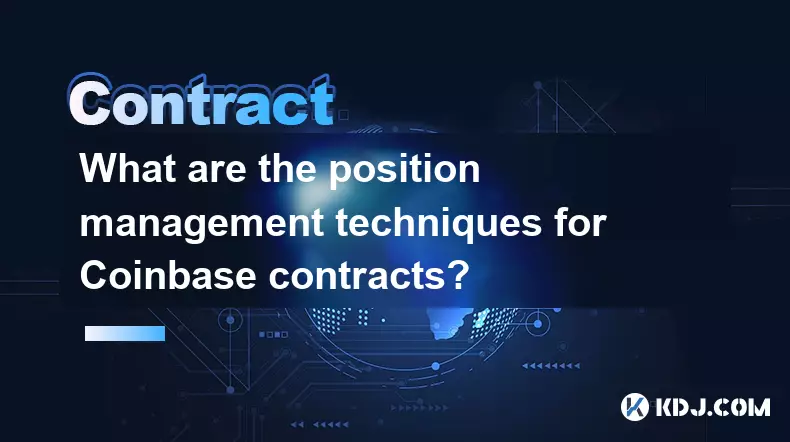
Understanding Position Sizing in Coinbase Contracts
1. Determining the appropriate size of a position is crucial when trading futures on Coinbase. Traders must assess their total capital and decide what percentage they are willing to risk per trade. A common approach involves risking no more than 1% to 2% of the account balance on any single contract position.
2. Using fixed dollar amounts instead of percentages can also be effective, especially for accounts with stable equity. This method allows traders to maintain consistency in exposure despite fluctuations in overall portfolio value.
3. Position sizing should take into account the volatility of the underlying cryptocurrency. Highly volatile assets like Bitcoin or Ethereum may require smaller position sizes to manage potential drawdowns during sharp price swings.
4. Leverage plays a significant role in position sizing. Coinbase offers variable leverage options, and over-leveraging can amplify losses quickly. Conservative traders often limit leverage to 5x or lower to avoid liquidation under adverse market conditions.
5. Automated tools within the Coinbase Advanced Trade interface help calculate optimal position sizes based on stop-loss levels and account risk parameters, reducing manual errors and emotional decision-making.
Risk Mitigation Through Stop-Loss and Take-Profit Levels
1. Setting predefined stop-loss orders is a fundamental technique for protecting capital. These orders automatically close a position when the market moves against the trader by a specified amount, preventing uncontrolled losses.
2. Trailing stop-loss mechanisms allow traders to lock in profits while maintaining exposure to favorable trends. On Coinbase, this feature adjusts the exit point upward as the price increases, preserving gains during bullish runs.
3. Take-profit orders ensure that profits are realized at target prices without requiring constant monitoring. Strategic placement of these orders considers key resistance and support zones identified through technical analysis.
4. Placing both stop-loss and take-profit orders upon entering a trade removes emotional interference and enforces discipline, which is essential in the fast-moving crypto derivatives market.
5. Some traders use multiple take-profit levels to capture partial gains at different price points, allowing them to secure returns incrementally while letting a portion of the position run for higher targets.
Hedging Strategies Across Coinbase Instruments
1. Traders can hedge directional exposure by opening offsetting positions in spot and futures markets. For example, holding long BTC spot while shorting BTC futures reduces net exposure during uncertain macroeconomic periods.
2. Cross-market hedging between different cryptocurrencies is another tactic. If a trader holds altcoins with high beta to Bitcoin, they might short Bitcoin futures to reduce systemic risk tied to BTC’s price movements.
3. Coinbase’s unified trading interface enables seamless transitions between spot, futures, and options, making it easier to deploy complex hedging strategies without switching platforms.
4. Calendar spreads—holding opposing positions in contracts with different expiration dates—are used to capitalize on time decay or anticipated volatility shifts. This requires careful tracking of funding rates and roll costs.
5. Portfolio-based margin systems on Coinbase allow efficient capital allocation across hedges, reducing margin requirements when correlated instruments offset each other’s risk.
Monitoring Liquidation Risk and Margin Usage
1. Liquidation occurs when a leveraged position loses enough value that the collateral falls below the maintenance margin threshold. Traders must constantly monitor their margin ratio to avoid sudden closures.
2. Increasing available margin during volatile periods helps prevent premature liquidations. Depositing additional funds or reducing position size can improve buffer room.
3. Real-time margin calculators provided by Coinbase display liquidation prices based on current leverage and entry points, enabling proactive adjustments before critical thresholds are reached.
4. Understanding isolated versus cross-margin modes is vital. Isolated margin limits risk to a defined amount allocated to a single position, whereas cross-margin uses the entire account balance, increasing flexibility but also potential loss exposure.
5. High-frequency price updates and push alerts for margin status changes allow traders to react swiftly to deteriorating conditions, particularly during news-driven market events.
Frequently Asked Questions
How does funding rate affect my open futures position on Coinbase?Funding rates are periodic payments exchanged between long and short positions to align futures prices with the spot market. If you hold a long position when funding rates are positive, you pay the rate; if short, you receive it. These payments occur every eight hours and can impact profitability over time, especially for extended holdings.
Can I adjust my leverage after opening a contract position?Yes, Coinbase allows users to modify leverage on open positions, but only if the change does not trigger immediate liquidation. Increasing leverage reduces the distance to liquidation, so adjustments should be made cautiously, particularly in volatile markets.
What happens when my position gets liquidated?Upon liquidation, the exchange automatically closes your position to prevent further losses beyond your collateral. A liquidation fee may apply, and any remaining margin after covering the deficit is returned to your account. Repeated liquidations can significantly erode trading capital.
Are there fees associated with holding perpetual contracts overnight?Instead of traditional overnight fees, perpetual contracts on Coinbase incur funding payments every eight hours. These are peer-to-peer transfers between longs and shorts, determined by the difference between futures and spot prices. The rate fluctuates based on market demand for leverage in either direction.
Disclaimer:info@kdj.com
The information provided is not trading advice. kdj.com does not assume any responsibility for any investments made based on the information provided in this article. Cryptocurrencies are highly volatile and it is highly recommended that you invest with caution after thorough research!
If you believe that the content used on this website infringes your copyright, please contact us immediately (info@kdj.com) and we will delete it promptly.
- BTC, ETH, and Price Predictions: Navigating the Crypto Landscape
- 2025-09-20 03:17:49
- KO Token's Binance Alpha Debut: Airdrop Bonanza and Trading Insights
- 2025-09-20 03:17:49
- PayPal's PYUSD: Stablecoin Expansion and the Future of Digital Payments
- 2025-09-20 03:18:22
- WLFI Valuation vs. OTC Alternatives: Why Savvy Traders Are Choosing Unich
- 2025-09-20 03:18:22
- Pepe Price, Crypto Experts, and the Meme Coin Mania: What's Next?
- 2025-09-20 03:18:28
- BlockDAG, Presale, and PEPE Coin: What's Hot in Crypto?
- 2025-09-20 03:18:28
Related knowledge
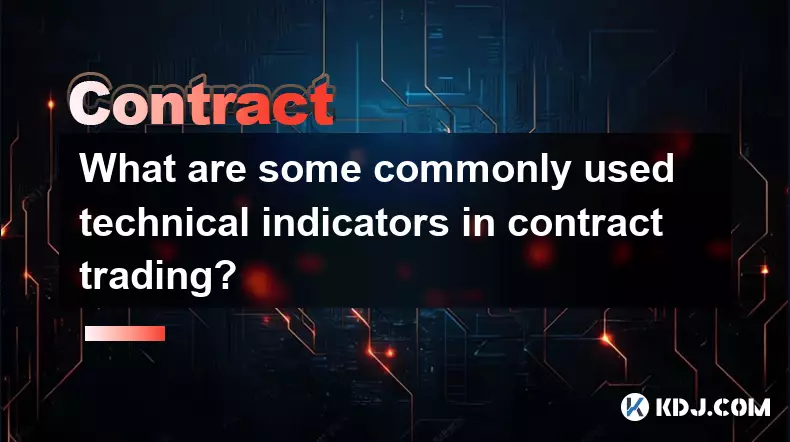
What are some commonly used technical indicators in contract trading?
Sep 19,2025 at 05:54pm
Popular Technical Indicators in Contract Trading1. Moving Averages (MA) are among the most widely adopted tools in contract trading. Traders use both ...
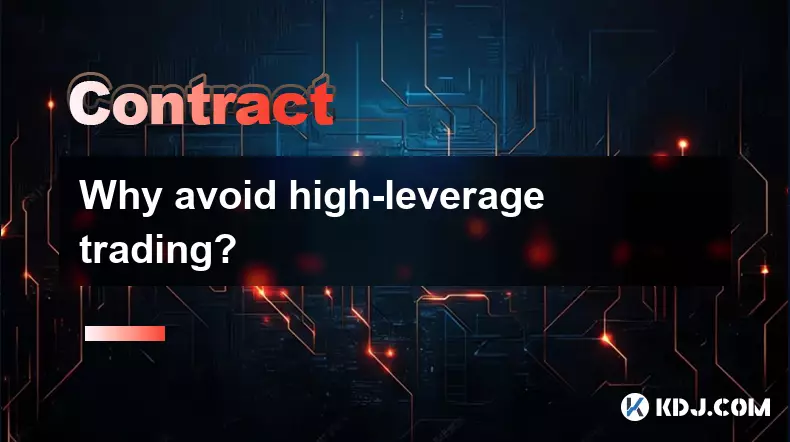
Why avoid high-leverage trading?
Sep 20,2025 at 04:00am
Understanding the Risks of High-Leverage Trading1. Leverage amplifies both gains and losses, making high-leverage positions extremely volatile. A smal...

What is the long-short position ratio?
Sep 18,2025 at 08:36pm
Understanding the Long-Short Position Ratio in Crypto TradingThe long-short position ratio is a key metric used by traders and analysts in the cryptoc...
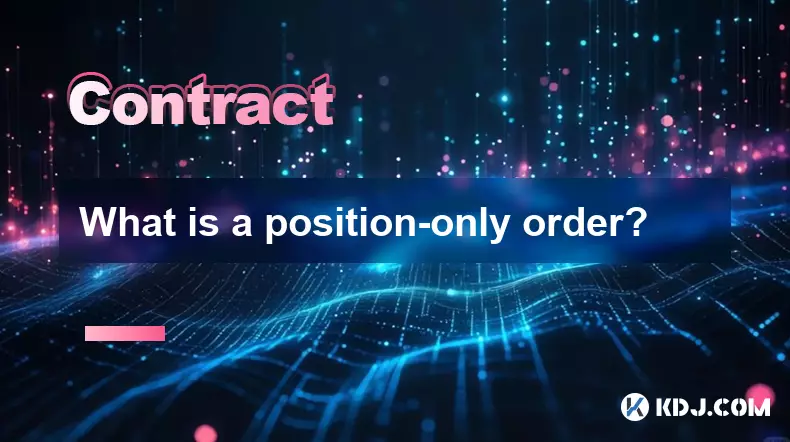
What is a position-only order?
Sep 19,2025 at 02:00pm
Decentralized Finance and Its Role in Modern Cryptocurrency Ecosystems1. Decentralized finance, commonly known as DeFi, has restructured how financial...
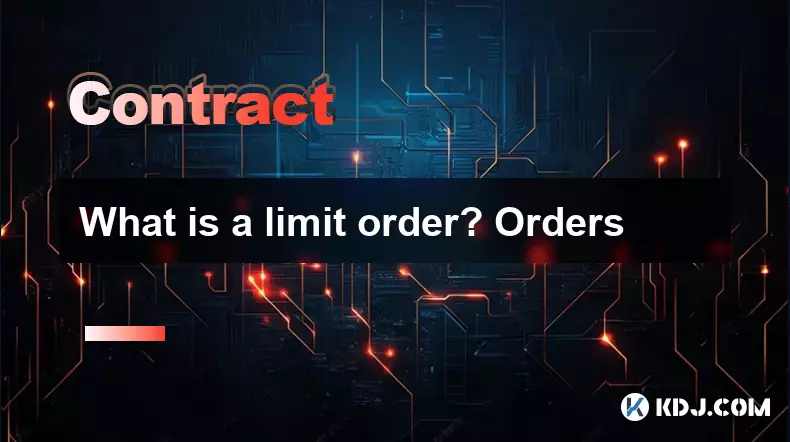
What is a limit order? Orders
Sep 19,2025 at 12:36am
Understanding Limit Orders in the Cryptocurrency Market1. A limit order is a type of trade instruction that allows traders to set a specific price at ...
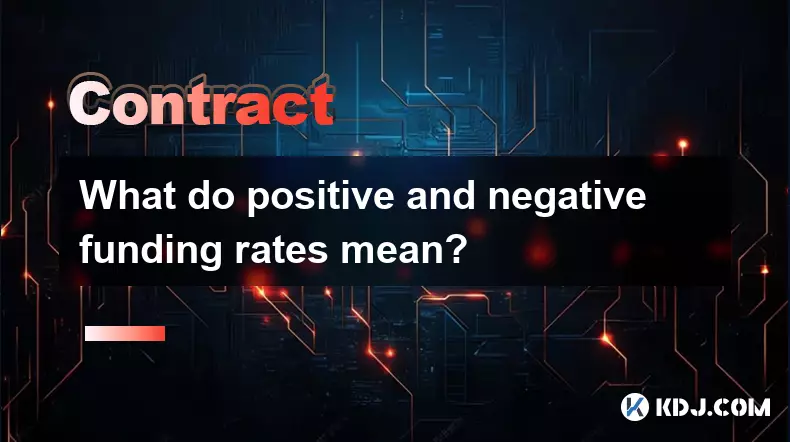
What do positive and negative funding rates mean?
Sep 18,2025 at 10:18pm
Understanding Funding Rates in Crypto DerivativesFunding rates are a crucial mechanism in perpetual futures contracts within the cryptocurrency market...

What are some commonly used technical indicators in contract trading?
Sep 19,2025 at 05:54pm
Popular Technical Indicators in Contract Trading1. Moving Averages (MA) are among the most widely adopted tools in contract trading. Traders use both ...

Why avoid high-leverage trading?
Sep 20,2025 at 04:00am
Understanding the Risks of High-Leverage Trading1. Leverage amplifies both gains and losses, making high-leverage positions extremely volatile. A smal...

What is the long-short position ratio?
Sep 18,2025 at 08:36pm
Understanding the Long-Short Position Ratio in Crypto TradingThe long-short position ratio is a key metric used by traders and analysts in the cryptoc...

What is a position-only order?
Sep 19,2025 at 02:00pm
Decentralized Finance and Its Role in Modern Cryptocurrency Ecosystems1. Decentralized finance, commonly known as DeFi, has restructured how financial...

What is a limit order? Orders
Sep 19,2025 at 12:36am
Understanding Limit Orders in the Cryptocurrency Market1. A limit order is a type of trade instruction that allows traders to set a specific price at ...

What do positive and negative funding rates mean?
Sep 18,2025 at 10:18pm
Understanding Funding Rates in Crypto DerivativesFunding rates are a crucial mechanism in perpetual futures contracts within the cryptocurrency market...
See all articles










































































